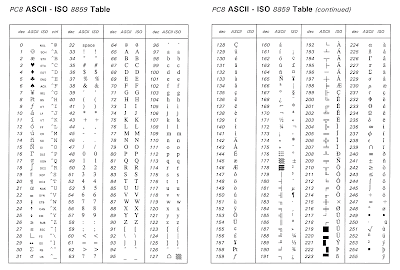Vulnerability perspective in Computer Security
- Dapatkan pautan
- X
- E-mel
- Apl Lain
i) What is a Vulnerability Assessment?
A vulnerability assessment is a systematic process used to identify, evaluate, and prioritize security weaknesses or vulnerabilities within a system or network. It aims to uncover potential security risks that could be exploited by attackers and to assess the impact and likelihood of these vulnerabilities. The assessment typically includes:
- Scanning: Using automated tools to detect vulnerabilities in systems, applications, and network configurations.
- Analysis: Evaluating the detected vulnerabilities to understand their nature, impact, and severity.
- Reporting: Documenting the findings, including the vulnerabilities identified, their potential impact, and recommendations for remediation.
- Prioritization: Ranking vulnerabilities based on their risk level, so that the most critical issues are addressed first.
The goal of a vulnerability assessment is to improve the security posture of the organization by identifying and addressing weaknesses before they can be exploited.
ii) Describe TWO (2) Protection Mechanisms Implemented in the OS
Address Space Layout Randomization (ASLR)
Description:
- ASLR is a security technique used to randomize the memory addresses used by system and application processes. This means that the location of key data structures, such as the stack, heap, and shared libraries, is randomized each time a program is executed.
Protection Mechanism:
- Mitigation of Exploits: By randomizing memory addresses, ASLR makes it more difficult for attackers to predict the location of specific code or data in memory. This complicates attacks that rely on knowing the location of certain data or code, such as buffer overflow exploits.
- Prevention of Predictable Attacks: It prevents attackers from successfully executing shellcode or jumping to known locations in memory, thus reducing the risk of successful exploitation.
Data Execution Prevention (DEP)
Description:
- DEP is a security feature that prevents code from being executed in certain regions of memory that should only contain data. It marks specific areas of memory as non-executable, meaning that even if an attacker manages to place malicious code in these areas, it cannot be executed.
Protection Mechanism:
- Control Execution Flow: DEP ensures that memory regions intended for data storage (such as the stack or heap) cannot execute code. This helps prevent attacks where malicious code is injected into these areas, such as in the case of buffer overflows or other code-injection attacks.
- Prevention of Exploits: It stops attackers from running injected shellcode or exploits that rely on executing code from non-executable memory regions, thereby reducing the likelihood of successful attacks.
Summary
Vulnerability Assessment:
- A process to identify, evaluate, and prioritize security weaknesses in systems to improve security.
Protection Mechanisms:
- ASLR: Randomizes memory addresses to make it harder for attackers to exploit memory-based vulnerabilities.
- DEP: Prevents code execution in non-executable memory regions to block exploits that attempt to run injected code.
- Dapatkan pautan
- X
- E-mel
- Apl Lain


Ulasan